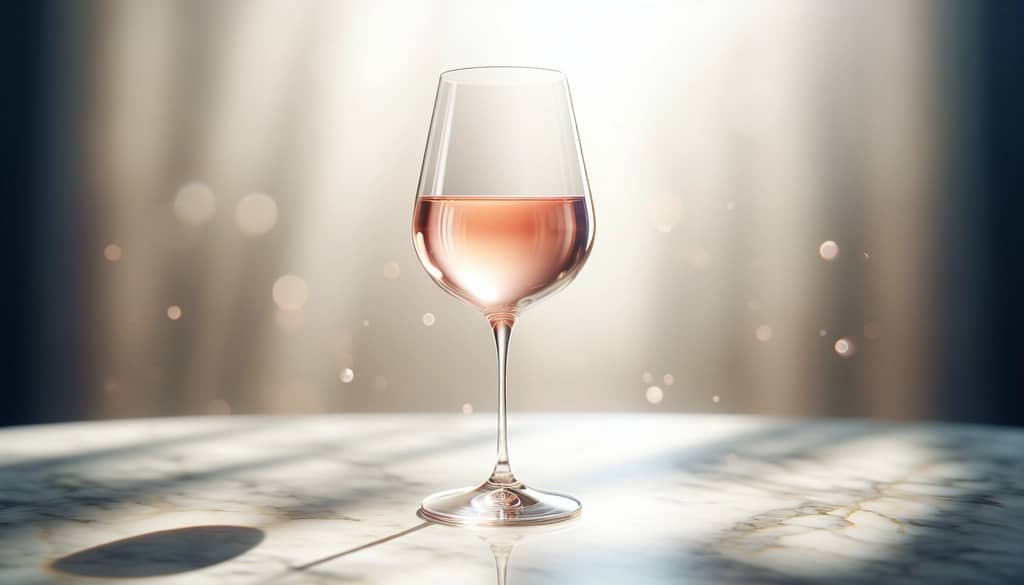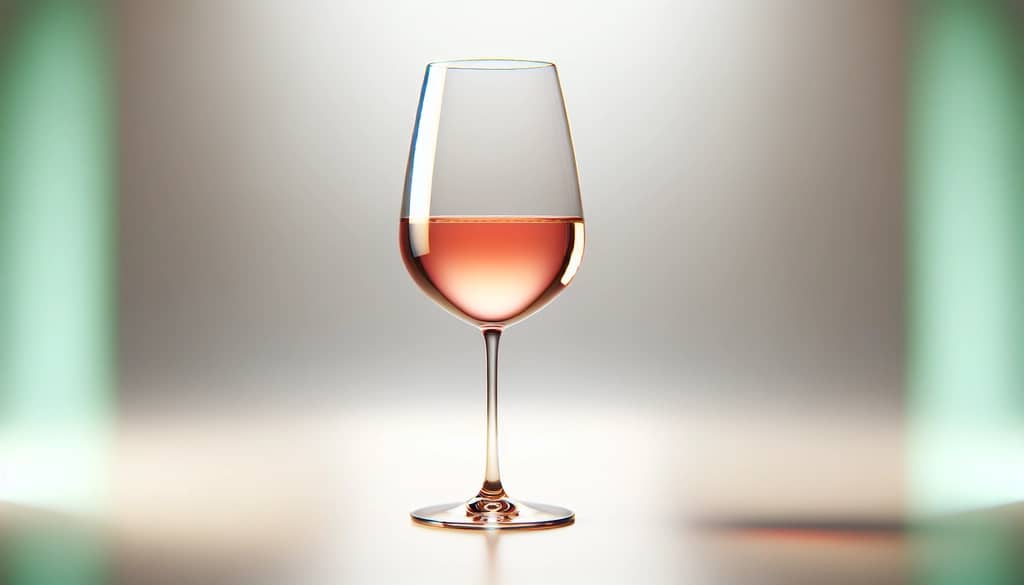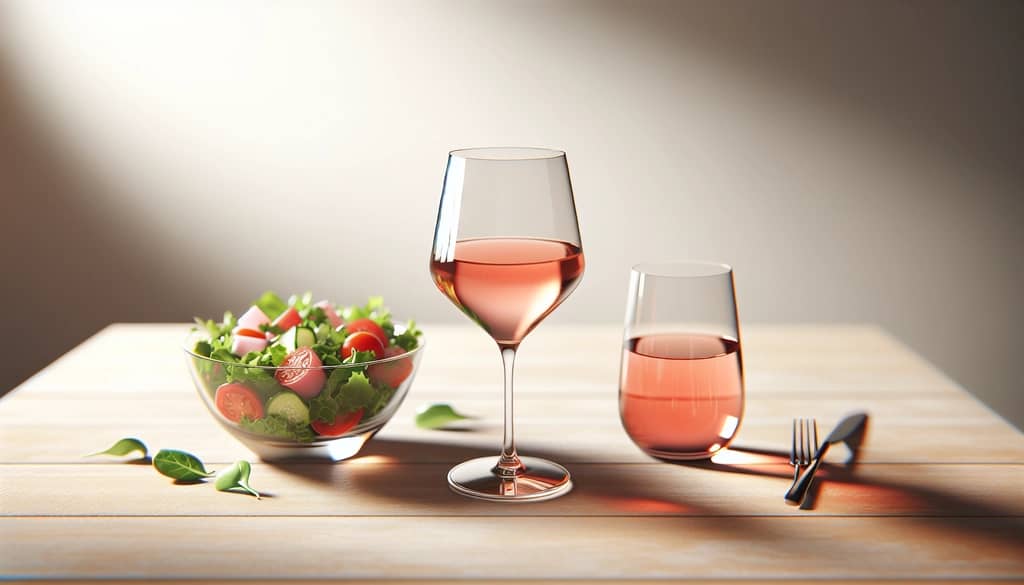Updated on: 6/3/2025
What Are the Health Benefits of Drinking Rosé Wine?

Rosé wine has become a staple for those seeking a refreshing yet complex glass of wine. Beyond its enticing color and light, fruity flavors, many wonder if there are real health benefits to enjoying rosé wine in moderation. The answer lies in its nutritional and chemical composition, which borrows elements from both red and white wines.
Rich in Antioxidants: Why It Matters
Rosé wine is crafted from red or black grape varieties, but its fermentation time with the grape skins is brief—just enough to lend the signature blush. Like other wines, rosé is a natural source of antioxidants such as polyphenols, resveratrol, and flavonoids. These compounds play a role in neutralizing free radicals, potentially supporting cellular health.
- Polyphenols in rosé can help reduce oxidative stress, which is linked to aging and chronic disease.
- Rosé sits between red and white wine for antioxidant content, usually offering more than most whites but less than robust reds.
Potential Heart Health Support
Regular moderate intake of wine, particularly those rich in phenolic compounds, has been associated with some cardiovascular benefits. These are linked to the anti-inflammatory and blood vessel-protective actions of resveratrol and related polyphenols.
- Moderate rosé consumption (about 120 ml per day, or less) may help increase HDL ("good") cholesterol.
- Certain studies suggest polyphenols can help maintain healthy blood pressure and flexible blood vessels.
It’s the grape skin contact—however brief—that gives rosé wine its antioxidant content. The color indicates not just flavor, but also the presence of heart-supportive compounds derived from the grapes themselves.

Rosé’s Lower Alcohol and Calorie Content
Compared to some deeper reds or fortified wines, rosé typically has a lower alcohol content—usually between 11% and 13% ABV. This can translate to fewer calories per serving, especially if you seek a lighter style with little to no residual sugar.
- A standard 150 ml glass of dry rosé wine contains roughly 110–130 calories.
- Lower alcohol options may better suit those watching calorie intake while enjoying a crisp, floral wine.
Mindful Enjoyment: Responsible Consumption Matters
The key to unlocking any potential health benefits from rosé wine is moderation. Excessive alcohol use quickly outweighs any upside, so it’s critical to stick with recommended guidelines: no more than one 120 ml glass per day for women, and up to two for men, per current medical advice.
- Drinking rosé as part of a balanced lifestyle with nutrient-rich food offers the greatest benefit.
- Anyone with medical conditions—especially heart, liver, or metabolic concerns—should consult a professional before including alcohol in their diet.

Key Takeaways for Health-Conscious Wine Lovers
- Rosé wine supplies beneficial antioxidants from grape skins, supporting heart and cellular health.
- Dry rosé generally delivers fewer calories and less alcohol per serving than full-bodied reds or dessert wines.
- The healthiest results come from moderate, mindful enjoyment paired with a nutritious diet.